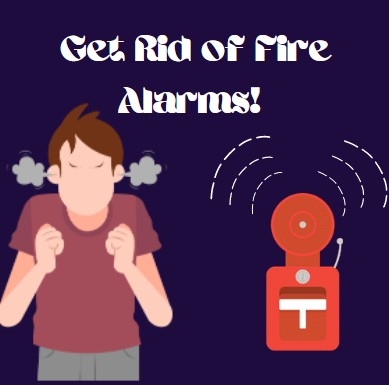The discrimination that is attributed to vaccination restrictions
Schools must be understanding of students who are unable to get vaccinated and provide equal learning opportunities. When school administrations encourage students to become vaccinated, it is important they remain mindful about the community who physically cannot.
It began with George Washington in 1777. During the Revolutionary War, smallpox was the biggest threat to the Continental Army, inflicting far more damage on the troops than combat itself. While 18th-century Americans didn’t fully understand the science behind smallpox, they knew that it seemed to break out in crowded areas and it would kill one third of all who contracted the disease. Once it started to spread through the US in later years, an early form of a vaccine (known as inoculation) was developed and was expected to be used by the military population. However, at this time very little was known about the harm this vaccine could cause to those allergic to it. Today, while there is a better understanding of the reactions ingredients in the covid vaccine can cause, this knowledge is too often ignored.
In the US, school districts and work places are pressuring people to get the vaccine. This is especially true in Claremont, where 89% of all students ages 12 through 18 years old are vaccinated. This high percentage is likely due to the left-leaning political alignment of Claremont. Since herd immunity has begun to develop following the release of the vaccine, Claremont’s cases are decreasing while students across the city are in school. Since the start of this school year, new protocols have been implemented such as contact trace tracking and quarantining those exposed to covid. Unfortunately, there is a minority of students who are unable to get the vaccine for health reasons and are alienated from the populace. In Claremont, these needs are put aside, ignoring the voices of the medically-exempt community, and stereotyping them into a restrictive box. While schools try to motivate the unvaccinated to get the vaccine, in the rush they have forgotten those who are unable to.
For all vaccine mandates in schools, exemptions have always been given to those with low immune systems or those with allergic reactions. Since the covid vaccine is not yet mandated on the federal level, it allows schools to pressure students without considering those who cannot obtain the covid vaccine.
One of the most common allergic reactions caused by the covid vaccine is to Polyethylene glycol or PEG, an ingredient found in the Moderna and the Pfizer vaccines. This is detrimental for students allergic to PEG because the only vaccine without it is Johnson and Johnson. However, the Johnson and Johnson vaccine is not yet approved for those under 18, meaning those unable to get vaccinated due to allergies have no choice but to remain unvaccinated. In the CHS covid guidelines if a student is exposed to COVID without the vaccine, even with a medical exception, they cannot return to school for 7 days even with a negative test. The only exemptions are given to the vaccinated or have had Covid in the past 90 days. Unlike all other required vaccines, they do not have medical acceptions.
The week before homecoming I was informed that some of my friends and I were exposed to covid, so to keep it safe I took a few days off and got another covid test before homecoming. When I walked up to homecoming with my date and friends I was brought back to talk with some CHS staff. Upon this, I saw my friends walk into the dance yet I was left out. Once I explained to the staff that I was medically unable to get the vaccine it was clear no one believed me. I then showed my negative test but because I was not vaccinated, which I could not be due to medical reasons, I was turned away. It got to the point where the staff members thought I was just stating excuses and called the principal on me. I felt like I was being seen as insane, criminal even, for trying to get in without a vaccine card while I was exposed — yet in reality I had a negative test, something arguably even better.
Even with my negative test, the school made me wait a total of 7 days before going to school and I was unable to go to the school’s dance. By then though I was lost — grades destroyed, units missed, and tests gone for. Although my teachers were very kind about my situation, the work kept piling, and to this day I’m still going to office hours as make-up opportunities. The main problem with this is that the science does not back up these protocols. If there were federal regulations they would account for students with medical exemptions, not clump them into the same category as anti vaxxers. Furthermore, it is proven that those with the vaccine can still get covid.
Going forward, the school system must take into the consideration those who are unable to be vaccinated, especially when creating rules and regulations about vaccination status. Schools must be understanding of students who are unable to get vaccinated and provide equal learning opportunities. When school administrations encourage students to become vaccinated, it is important they remain mindful about the community who physically cannot.
Hello there! Our goal is to provide relavent, engaging journalism for readers of all ages. Your donation will support the student journalists of the Wolfpacket at Claremont High School, and will allow us to purchase equipment, print our monthly issues, and enter in journalism competitions. We appreciate your consideration!

Carson Hunter Paul-Lopez-Kunkel. Despite his strikingly unique name, he’s a person who embraces a carefree and down-to-earth demeanor and for most,...












